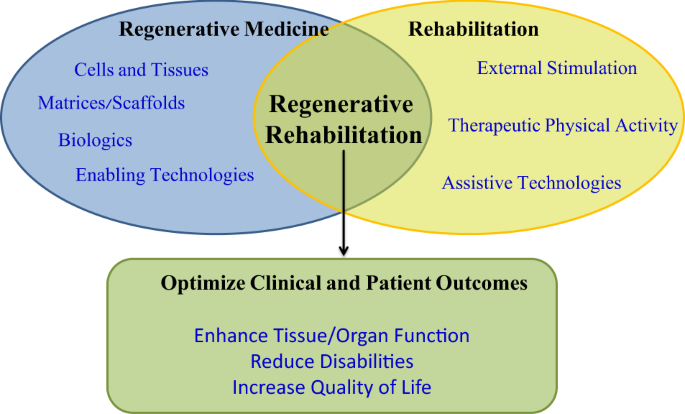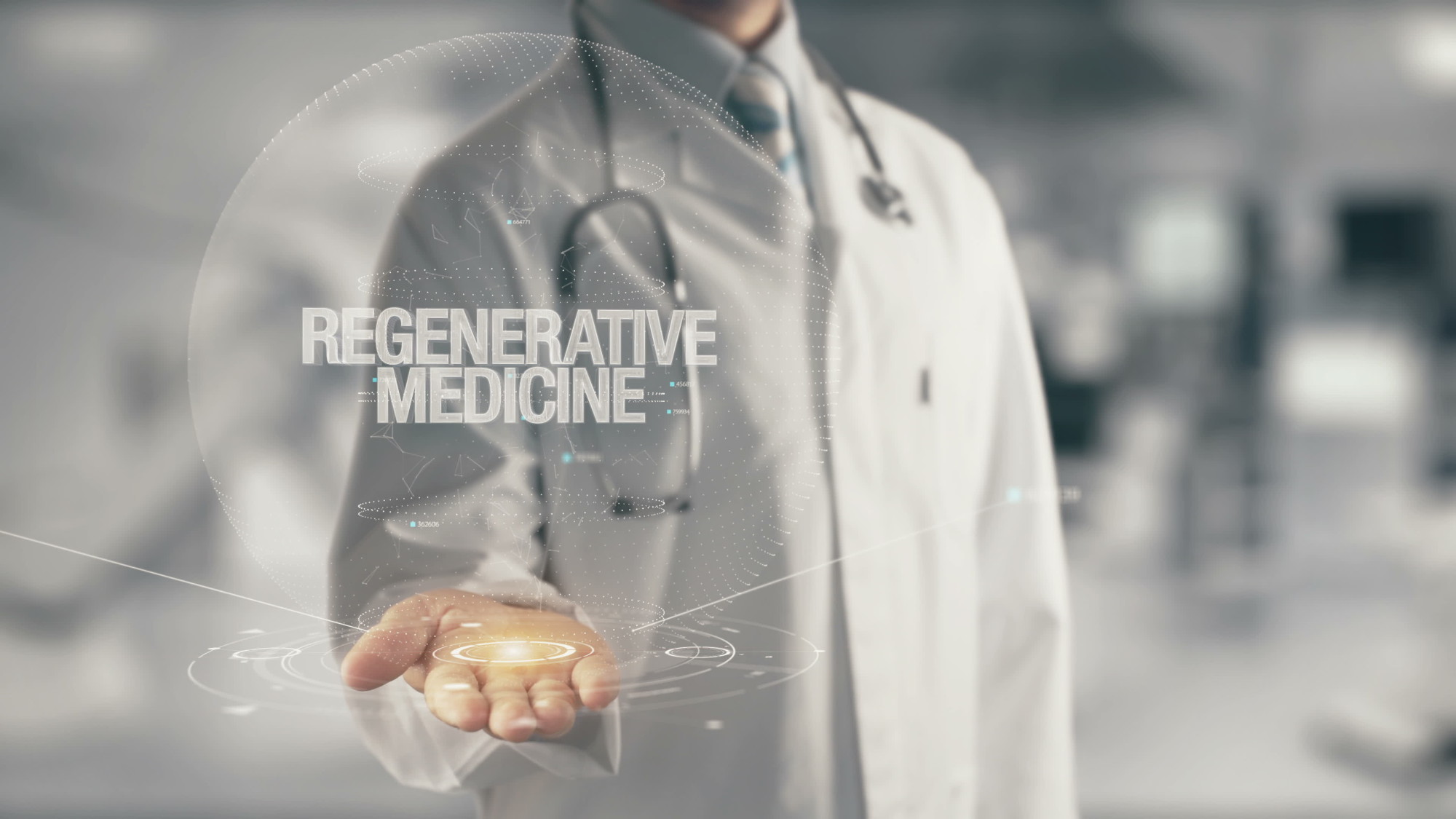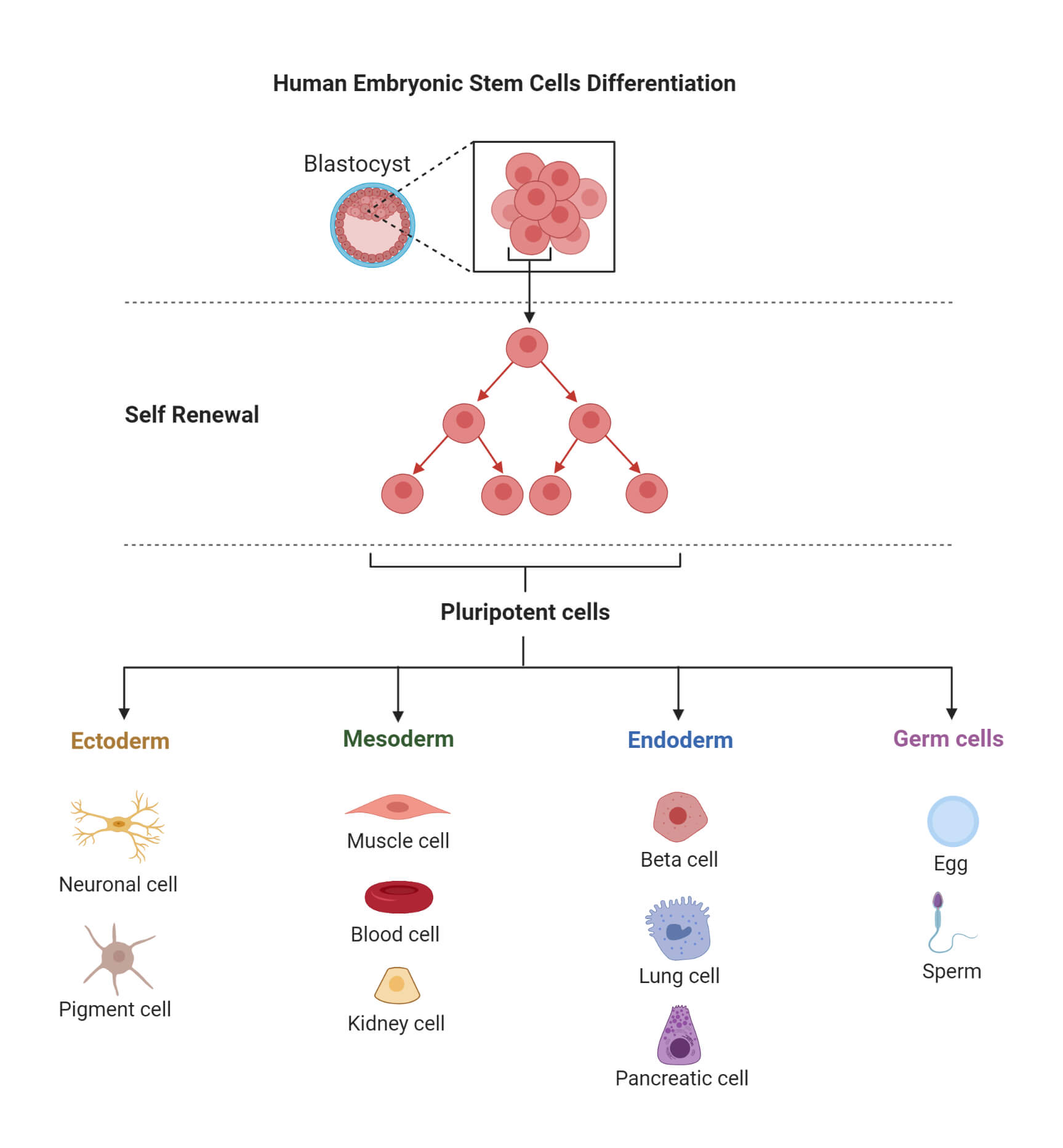Table of Contents

[/image][=video]
[/video]
A lot of sites used for bone marrow harvesting are located in the hip bones and the sternum. In recovery, the donor might experience some discomfort in the locations where the needle was inserted.

If an autologous transplant is intended, previously gathered stem cells, from either peripheral (apheresis) or harvest, are counted, screened, and ready to infuse. The prep work for a bone marrow transplant differ depending upon the sort of transplant, the condition requiring transplant, and your resistance for sure medications. Take into consideration the following: Frequently, high dosages of chemotherapy and/or radiation are consisted of in the preparations.
Ablative treatment prevents this procedure of cell manufacturing and the marrow comes to be empty. A vacant marrow is needed to make room for the new stem cells to grow and develop a new blood cell production system.
It is not an operation to put the marrow right into the bone, yet resembles getting a blood transfusion. The stem cells locate their way into the bone marrow and begin replicating and expanding new, healthy blood cells. After the transplant, helpful treatment is offered to prevent and treat infections, adverse effects of treatments, and complications.
Perimenopause Treatment around Dearborn
The days before transplant are counted as minus days. The day of transplant is taken into consideration day absolutely no. Engraftment and healing adhering to the transplant are counted as plus days.
The days are phoned number to help the person and family understand where they remain in regards to threats and discharge preparation. Throughout infusion of bone marrow, the client might experience the following: Pain Chills High Temperature Hives Chest pain After infusion, the patient might: Invest a number of weeks in the health center Be very prone to infection Experience extreme blood loss Need blood transfusions Be restricted to a clean environment Take several anti-biotics and other medications Be offered medicine to avoid graft-versus-host diseaseif the transplant was allogeneic.
Depending on the type of transplant and the disease being dealt with, engraftment typically takes place around day +15 or +30. Blood matters will be checked frequently throughout the days adhering to transplant to examine initiation and progress of engraftment. Platelets are normally the last blood cell to recuperate. Engraftment can be delayed due to the fact that of infection, medicines, reduced contributed stem cell count, or graft failure.
Prescription antibiotics, antifungal medicines, and antiviral medicines are commonly given to try to prevent serious infection in the immunosuppressed person. Thrombocytopenia (reduced platelets) and anemia (low red blood cells), as a result of a nonfunctioning bone marrow, can be harmful and also life-threatening.
Pain pertaining to mouth sores and gastrointestinal (GI) irritability is typical. High dosages of chemotherapy and radiation can trigger extreme mucositis (inflammation of the mouth and GI tract). Fluid overload is an issue that can result in pneumonia, liver damage, and hypertension. The primary factor for liquid overload is because the kidneys can not stay on top of the big amount of fluid being given up the kind of intravenous (IV) medicines, nourishment, and blood items.
Menopause Therapy

Respiratory standing is a vital feature that may be compromised throughout transplant. Infection, swelling of the airway, fluid overload, graft-versus-host disease, and blood loss are all potential life-threatening complications that might occur in the lungs and lung system. The liver and heart are crucial body organs that might be damaged during the hair transplant process.
Failure of the graft (transplant) taking hold in the marrow is a potential difficulty. Graft failing might occur as an outcome of infection, recurrent disease, or if the stem cell count of the donated marrow wanted to cause engraftment. Graft-versus-host illness (GVHD) can be a severe and lethal difficulty of a bone marrow transplant.
As opposed to an organ transplant where the client's immune system will certainly try to reject just the transplanted body organ, in GVHD the new or hair transplanted immune system can attack the whole person and all of his/her organs. This is due to the fact that the new cells do not identify the cells and body organs of the recipient's body as self.

One of the most usual websites for GVHD are GI tract, liver, skin, and lungs. Diagnosis substantially relies on the following: Kind of transplant Kind and extent of the disease being treated Condition action to therapy Genetics Your age and overall health Your tolerance of certain medications, treatments, or treatments Extent of difficulties Similar to any procedure, in bone marrow transplant the diagnosis and lasting survival can vary significantly from one person to another.
Regenerative Therapy servicing Dearborn
Continual follow-up treatment is vital for the person following a bone marrow transplant. New techniques to boost therapy and to decrease difficulties and side effects of a bone marrow transplant are continually being found.
Accessed June 5, 2017. The hope is to restore damaged cells that will certainly not effectively heal on its very own. Regenerative medicine treatments can be separated right into 3 categories: assist in healing by infusing or placing real-time cells right into the client. Examples of cellular treatment include PRP and stem cell treatments, which can be made use of to deal with tendinopathy and various other sporting activities injuries.
Phys Medication Rehabil Clin N Am. 2014; 25( 4 ):881 -95. As time passes, private physicians find out and share info, enhancing the application of these therapies. See Are PRP Injections Effective?Until a lot more is recognized, regenerative medication treatments are ruled out basic practice and insurance coverage plans typically do not cover them. Several individuals agree to pay out-of-pocket. is advancing promptly with developmentsin stem cells, gene treatment, and cells design. This short article delves right into these innovative methods, highlighting their transformative capacity for cells and organ repair. are poised to reinvent medical therapies and boost person end results. Cell regeneration, the process of recovering lost cells to recoup typical feature, differs throughout various cells and body organs. In Drosophila larval wing discs, cells resistant to apoptosis aid cells regeneration. Mouse number tip regrowth is mediated by the blastema, including various progenitor cells, as highlighted in this research.: The variety of cells within a cells can affect regrowth. Outer nerves, for example, consist of Schwann cells, nerve fibroblasts, and immune cells, each contributing in nerve regeneration, as discussed right here. These elements communicate dynamically, making cell regeneration a complex process that varies based upon the specific tissue or organ. Cell regrowth plays an essential role in maintaining the body's total health and wellnessand well-being. It is in charge of repairing and replacing broken or aging cells, making sure the correct performance of body organs and tissues. Efficient cell regeneration therapy can considerably impact the treatment of various medical problems, including degenerative diseases, injuries, and also the aging procedure. Numerous significant turning points have noted the progression of cell regrowth research. In the late 18th century , Italian biologist Lazzaro Spallanzani carried out pioneering experiments on the regrowth of amphibian arm or legs, giving proof for the regenerative capability of specific organisms. In the 20th century, the discovery of stem cells by Canadian researchers Ernest McCulloch and James Till transformed the field. Harold E. Varmus, that played a vital duty in illuminating the hereditary basis of cancer, and Dr. Michael S. Brown and Dr. Joseph L. Goldstein, who found the role of low-density lipoprotein (LDL) receptors in cholesterol metabolic process. Stem cell treatment is among the most thoroughly looked into and appealing branches of cell regrowth treatment. This irritant activates a localized swelling reaction, which prompts the launch of growth factors and the recruitment of regenerative cells. Gradually, the regenerative cells promote the repair service and regrowth of hurt cells, offering alleviation to individuals suffering from persistent bone and joint pain or joint instability. Cartilage regeneration treatment concentrates on recovering harmed or deteriorated cartilage, which plays a vital role in joint function and mobility. Some cells, such as epithelial cells in the skin or the cellular lining of the gastrointestinal system, have a high turnover rate and can regrow quickly. In contrast, cells in the central nerves, such as neurons, have actually limited regenerative ability. This disparity is generally as a result of the intricacy of the tissue, the presence of inhibitory factors, and the mobile setting. Cell regeneration treatment uses encouraging options for increasing injury recovery and treating various injuries.
Navigation
Latest Posts
Medical Group in Dearborn
Regenerative Therapy in Dearborn, Michigan
Menopause Therapy around Dearborn, Michigan